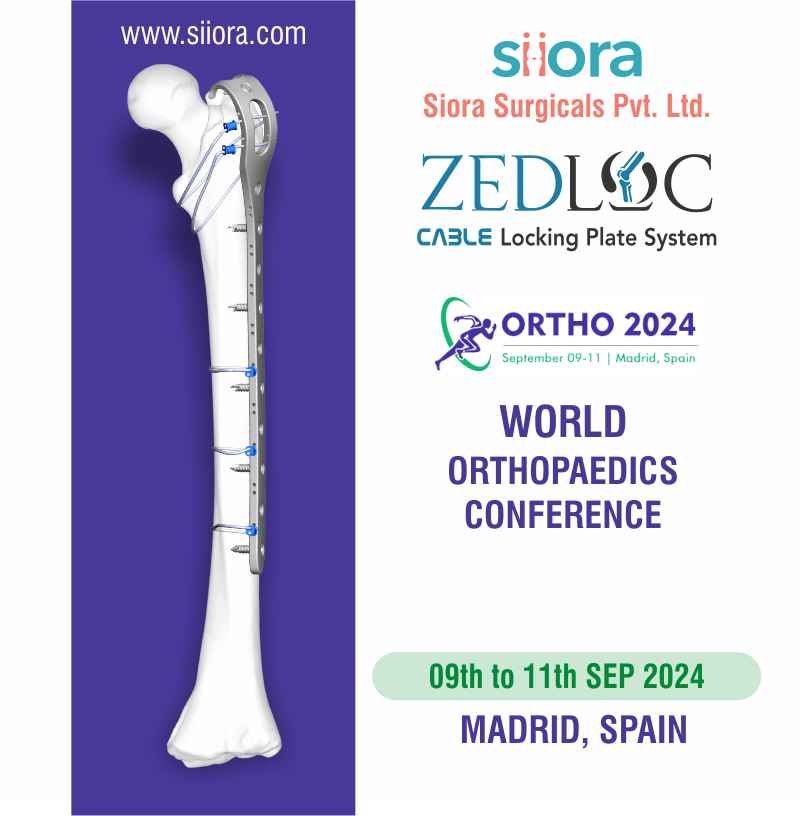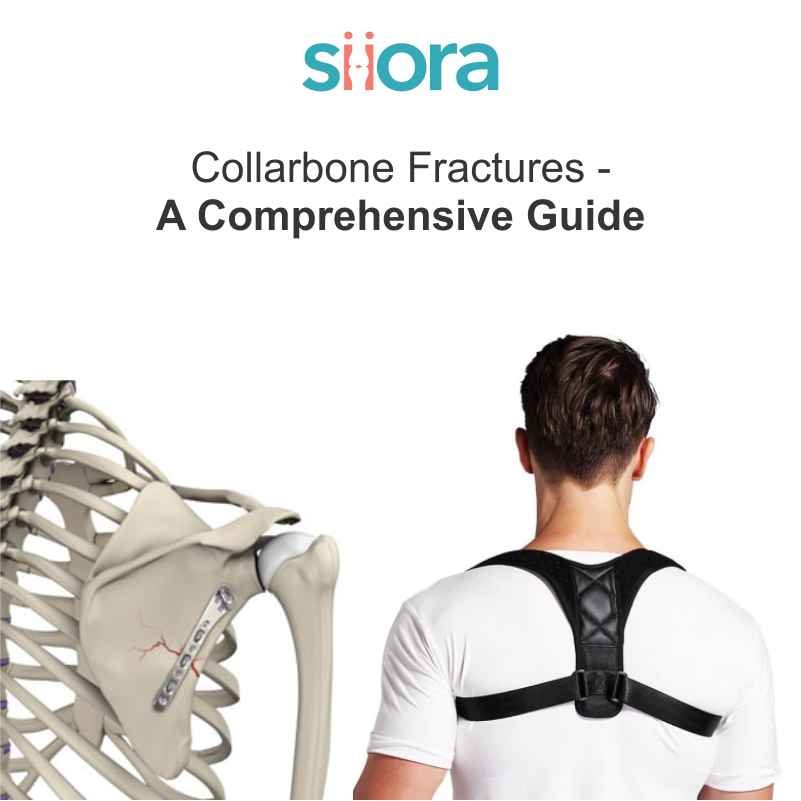The joint that connects your foot to your leg is called the ankle joint. This joint bears a significant weight during daily activities. Injuries to this area are common, but a pilon fracture is a specific type of break that requires specialized attention. This guide delves into understanding pilon fractures, their causes, symptoms, treatment options, and the road to recovery.
What is a Pilon Fracture?
A pilon fracture is a break in the lower part of the shinbone (tibia) near the ankle joint. Unlike a traditional ankle break, which occurs in the bones of the foot itself, a pilon fracture happens just above the ankle joint. These fractures are often complex, with the bone shattering into multiple pieces. In many cases, the fibula (the smaller bone alongside the tibia) also breaks in a pilon fracture.
What Are the Causes of Pilon Fractures?
Pilon fractures typically result from high-energy impacts. Common causes include:
Falls from a height
This could be a fall from a ladder, scaffolding, or during sports like skiing.
Motor vehicle accidents
High-impact car crashes or motorcycle accidents can transmit significant force to the lower leg.
Pedestrian accidents
Being struck by a car can cause a pilon fracture, especially if the impact is to the leg.
Sports injuries
While less common, severe sports injuries like forceful landings or collisions can cause pilon fractures.
What Are the Symptoms Associated with Pilon Fractures?
The following symptoms are indicative of a pilon fracture and require immediate medical attention:
Severe pain
The pain will be intense and localized to the area around the ankle.
Swelling and bruising
Significant swelling and bruising will develop around the ankle joint within a short time after the injury.
Deformity
The ankle may appear deformed or twisted due to the broken bone.
Inability to bear weight
Putting any weight on the injured leg will be extremely difficult or impossible.
Numbness or tingling
Damage to nerves in the area could lead to numbness or tingling in the foot.
What is the Diagnosis for Pilon Fractures?
A doctor will diagnose a pilon fracture based on a combination of factors:
Physical examination
The doctor will assess the pain, swelling, and any deformity in the ankle.
X-rays
X-rays are the primary imaging tool to visualize the broken bone and its fragments.
CT scan
In complex cases, a CT scan may be needed to get a more detailed 3D view of the fracture pattern.
What Treatment Options Are Available for Pilon Fractures?
The severity of the fracture decides the type of treatment required. Here are the available treatment options:
Surgical Intervention (Open Reduction and Internal Fixation – ORIF)
This is the most common treatment for complex pilon fractures. In ORIF surgery, the doctor makes an incision near the fracture site, realigns the broken bone fragments, and fixes them in place using pilon plates, screws, or rods. The surgery involves the use of ankle locking pilon plates.
Non-Surgical Treatment
In some cases, a non-surgical approach may be considered for less severe fractures. This typically involves:
Immobilization: A cast or walking boot will be applied to immobilize the ankle and promote healing.
Pain management: Medication will be prescribed to manage pain and inflammation.
Physical therapy: Once the initial healing phase is complete, physical therapy will help regain strength, mobility, and range of motion in the ankle.
What Includes the Recovery of Pilon Fractures?
Recovery from a Pilon fracture can be a long process, often taking several months to a year. Here’s what to expect:
Immobilization
You will likely be in a cast or walking boot for several weeks to allow the bone to heal.
Physical therapy
Physical therapy will play a crucial role in regaining strength, flexibility, and balance in your ankle.
Pain management
You may need pain medication during the initial healing phase and possibly during physical therapy.
What Complications Are Associated with Pilon Fractures?
While most pilon fractures heal well with proper treatment, there are potential complications to be aware of, including:
Infection
This is a risk of infection with any open fracture.
Nonunion
The bone fragments may not heal together properly.
Malunion
The bone fragments may heal in a misaligned position, affecting joint function.
Arthritis
Damage to the joint cartilage can lead to post-traumatic arthritis in the ankle joint.
Chronic pain
Persistent pain in the ankle joint can occur in some cases.
How to Prevent Pilon Fractures?
Complete prevention of Pilon fractures might not always be possible, but certain steps can significantly reduce your risk. Here’s how:
Mind your falls
These are the leading cause of pilon fractures. Use caution on uneven surfaces, wear proper footwear with good grip, and improve home safety by adding railings and removing clutter.
Strengthen your bones
Regularly incorporate weight-bearing exercises like walking, jogging, or dancing into your routine. Strong bones are better equipped to handle the impact.
Maintain good balance
Balance exercises like tai chi or yoga can improve stability and coordination, reducing the likelihood of falls.
Know your limits
Don’t push yourself too hard during physical activities. Be mindful of your skill level and gradually increase difficulty.
Proper gear for sports
Wear appropriate protective gear for activities like skiing or snowboarding, following safety guidelines and using equipment suited to your skill level.
Remember, consulting a healthcare professional for personalized guidance is crucial, especially if you have risk factors like osteoporosis or participate in high-impact activities. By incorporating these preventive measures and staying informed, you can significantly reduce your chances of sustaining a Pilon fracture.
About Siora Surgicals
Siora Surgicals Pvt. Ltd. is an established player when we talk about orthopedic implant manufacturers across the globe. Being a trusted manufacturer and supplier of a CE-certified range of trauma implants for 30+ years, the company has gained good reputation globally. Siora owns a well-established production unit in the RAI District, Sonepat, Haryana. All the orthopedic implants and instruments are fabricated using medical-grade stainless steel and titanium. Besides this, they are also checked to conform to international standards before being sent to the inventory. Siora is also planning to expand and become one of the leading Orthopedic Implants Manufacturers Turkiye by finding trustworthy distributors in the country.








